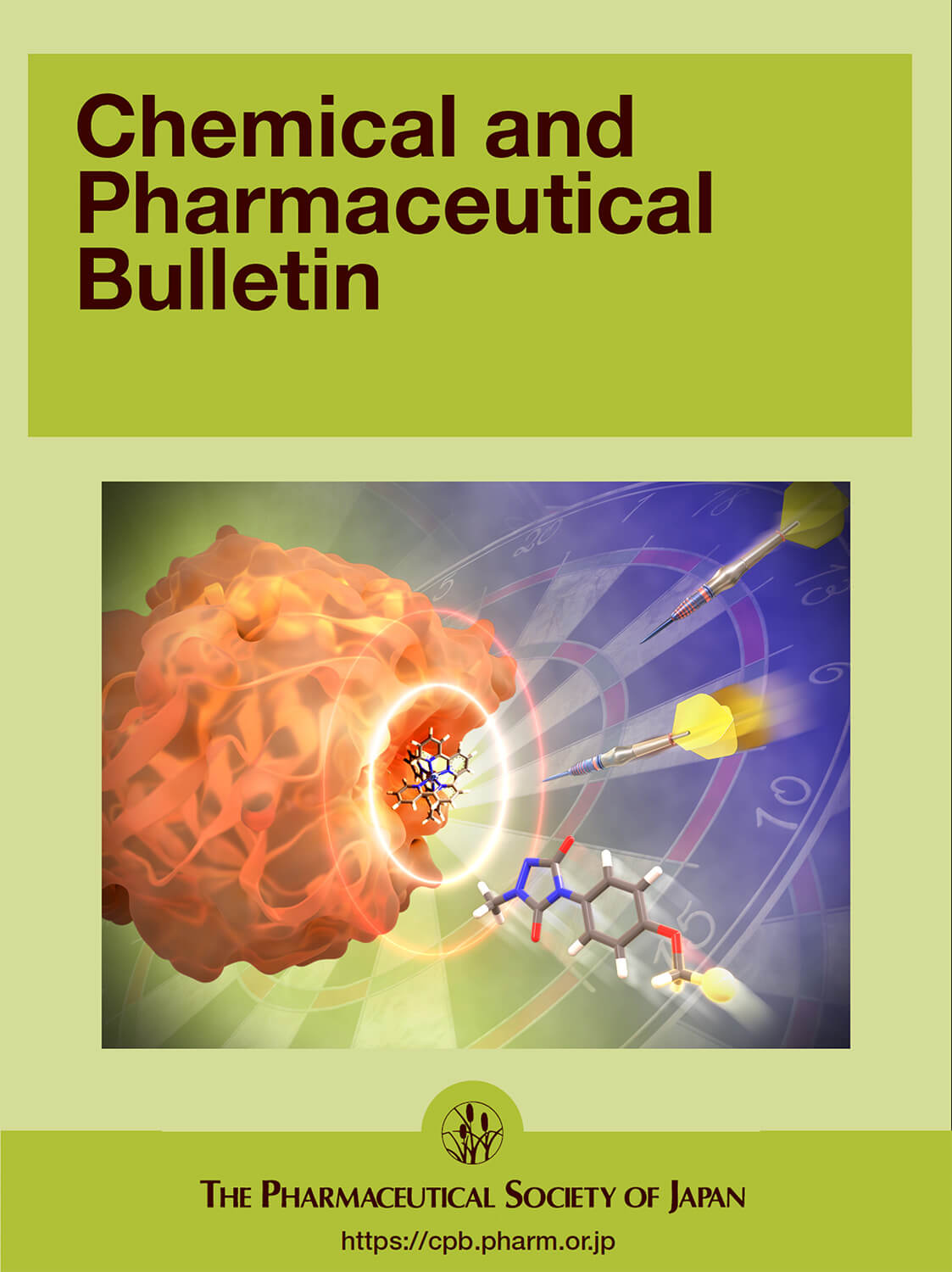論文雑誌「Chemical and Pharmaceutical Bulletin」のカバーピクチャーを制作しました[東北大学]
弊社で制作しました東北大学 佐藤伸一先生のカバーアートが
日本薬学会発行の学術雑誌 Chemical and Pharmaceutical Bulletin
2022年2月号に選ばれました。

Client
東北大学
大学院生命科学研究科 活性分子動態分野
佐藤伸一先生
大学院生命科学研究科 活性分子動態分野
佐藤伸一先生
Journal
Chemical and Pharmaceutical Bulletin
2022 Volume 70 Issue 2 Pages 95-105 Link
2022 Volume 70 Issue 2 Pages 95-105 Link
Protein Chemical Modification Using Highly Reactive Species and Spatial Control of Catalytic Reactions<br>
Shinichi Sato
Protein bioconjugation has become an increasingly important research method for introducing artificial functions in to protein with various applications, including therapeutics and biomaterials. Due to its amphiphilic nature, only a few tyrosine residues are exposed on the protein surface. Therefore, tyrosine residue has attracted attention as suitable targets for site-specific modification, and it is the most studied amino acid residue for modification reactions other than lysine and cysteine residues. In this review, we present the progress of our tyrosine chemical modification studies over the past decade. We have developed several different catalytic approaches to selectively modify tyrosine residues using peroxidase, laccase, hemin, and ruthenium photocatalysts. In addition to modifying tyrosine residues by generating radical species through single-electron transfer, we have developed a histidine modification method that utilizes singlet oxygen generated by photosensitizers. These highly reactive chemical species selectively modify proteins in close proximity to the enzyme/catalyst. Taking advantage of the spatially controllable reaction fields, we have developed novel methods for site-specific antibody modification, detecting hotspots of oxidative stress, and target identification of bioactive molecules.
Link
Protein bioconjugation has become an increasingly important research method for introducing artificial functions in to protein with various applications, including therapeutics and biomaterials. Due to its amphiphilic nature, only a few tyrosine residues are exposed on the protein surface. Therefore, tyrosine residue has attracted attention as suitable targets for site-specific modification, and it is the most studied amino acid residue for modification reactions other than lysine and cysteine residues. In this review, we present the progress of our tyrosine chemical modification studies over the past decade. We have developed several different catalytic approaches to selectively modify tyrosine residues using peroxidase, laccase, hemin, and ruthenium photocatalysts. In addition to modifying tyrosine residues by generating radical species through single-electron transfer, we have developed a histidine modification method that utilizes singlet oxygen generated by photosensitizers. These highly reactive chemical species selectively modify proteins in close proximity to the enzyme/catalyst. Taking advantage of the spatially controllable reaction fields, we have developed novel methods for site-specific antibody modification, detecting hotspots of oxidative stress, and target identification of bioactive molecules.
Link
